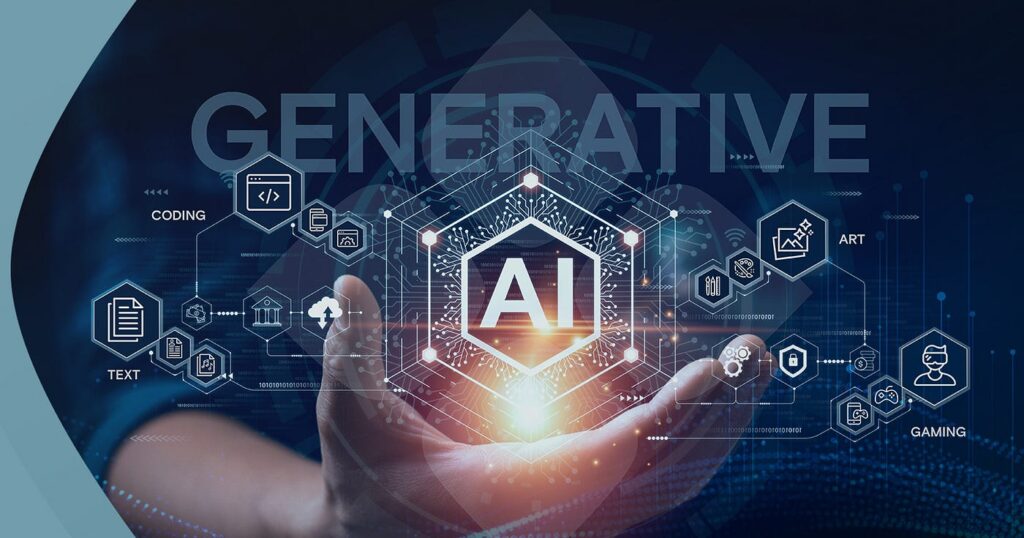Introduction to Generative AI
Introduction:
Generative AI, or Generative Artificial Intelligence, represents a category of artificial intelligence systems focused on producing novel content or data resembling existing information. Employing algorithms, often rooted in deep learning, these systems generate diverse outputs, spanning images, text, music, and even entire scenarios.
Key Concepts and Types:
1. Generative Models:
Autoencoders: Encode and decode input data into a lower-dimensional representation, applicable for various generative tasks.
Generative Adversarial Networks (GANs): Comprising a generator and a discriminator, GANs engage in adversarial training, with the generator creating realistic data and the discriminator distinguishing between real and generated data.
2. Natural Language Processing (NLP) Models:
Recurrent Neural Networks (RNNs):* Used for sequential data generation, like text, generating content character by character or word by word.
Transformers:Transformer-based models, exemplified by OpenAI’s GPT, excel in language generation, producing coherent and contextually relevant text.
3. Image Generation:
Variational Autoencoders (VAEs): Learn a probabilistic mapping between input data and a latent space, suitable for generating diverse images.
StyleGAN: A GAN variant tailored for realistic image generation, excelling in creating high-quality, diverse, and controllable synthetic images.
4. Applications:
Content Creation: Used in generating realistic images, artwork, and entire scenes.
Text Generation: Applied for writing assistance, content creation, or mimicking specific writing styles.
Data Augmentation: Employed to generate additional training data, enhancing the performance of other machine learning models.
5. Challenges:
Ethical Concerns: Notably with deepfake technology, raising concerns about the generation of realistic fake content.
Bias and Fairness: Risk of amplifying biases from training data, leading to biased generated content.
Generative AI has demonstrated significant progress, continually evolving and impacting diverse industries. As the technology advances, addressing ethical considerations is paramount to ensure responsible deployment.
by Kamal Kant Verma



